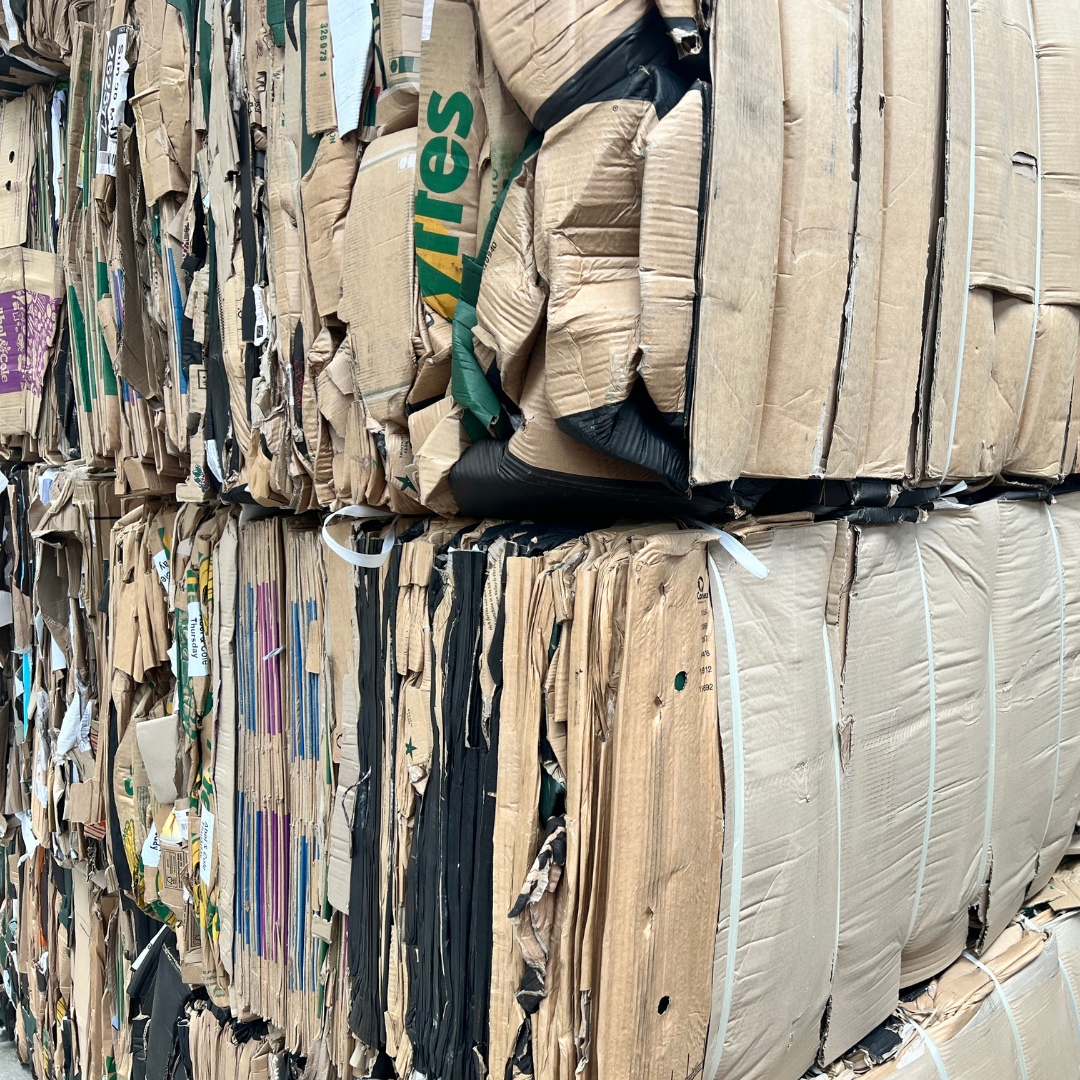
What do we recycle?
At Regenthill we specialise in recycling cardboard and plastics. We have built strong connections with other industry professionals through the years, and are always introducing and refining our recycling techniques.
Why Regenthill?
Recycling plastic requires less energy compared to producing new plastic from raw materials. Collecting, sorting, and processing plastic waste requires less energy than extracting and refining fossil fuels to make virgin plastic. Therefore, reusing plastic is more energy efficient than creating it from scratch.
We will pay for clean, recyclable plastics to reprocess and sell on. We offer drop-off and collection services to help industries and companies achieve this. Our processes ensure that all recycling is kept within the UK, with materials reprocessed and sold on. This keeps materials within a beneficial cycle.
If you’re a large business working with a lot of waste material, we’re here to help! Simply get in touch today to discuss the material you want to recycle, the volume of material, and any supporting imagery/information.
Cardboard
At Regenthill we handle thousands of tonnes of cardboard per year. The UK uses 12.5 million tonnes of material annually, so recycling this material effectively is essential (source: QCR).
Regenthill prides itself on delivering the best recycling service it can with helpful and efficient staff. Our service helps your company increase recycling rates and reduce its environmental impact. Additionally, we may be able to provide a rebate for your waste material (subject to quality, quantity and market fluctuations).
We endeavour to recycle all 7 types of plastic at Regenthill and seek to educate customers and businesses on all of these materials. Below are the different plastic families, each with a description. This will give you an initial understanding of what you could be recycling. Alternatively, you can find out more about the 7 types of plastics via Plastic Oceans.
Please note the following material quality guidelines. Our objective is to keep the quality of the material we handle as high and consistent as possible. Material must be segregated correctly (please ask for details) and contamination must be avoided. Customers who buy into this ethos achieve higher rebates and overall recycling levels.
Plastic
Polyethylene Terephthalate (PETE)
PETE is the most commonly used 4% plastic. It is widely used for waterproof packaging, such as soft drink bottles, water containers, vegetable oil bottles, and dish detergent bottles. Most clear plastic containers are waterproof.
High Density Polyethylene (HDPE)
HDPE, also very common, is used to make film containers, vitamin bottles, milk jugs and butter tubs. Since it has a crystalline structure, “clear” products made from HDPE are transparent but hazy.
Polyvinylchloride
(PVC)
PVC is used in the manufacture of food wraps, 4% vegetable oil bottles, blister packages and clear health and beauty bottles.
Low Density Polyethylene (LDPE)
LDPE is used to make caps, plugs, shrink wrap, garment bags and many other plastic bags. This plastic is similar in structure to HDPE but is less dense and more flexible.
Polypropylene (PP)
Some plastics made with PP are refrigerated containers, butter tubs, yoghurt containers, bottle tops, carpets and some food wraps.
Polystyrene (PS)
PS plastics include throwaway utensils, meat and protective packaging. Plastics that have a wax coating over other coverings are also included in this category.
All Other Resins
The plastics included in this category are either layered, mixed plastics or thermosets.
“Regenthill have always provided a good service and I have found all staff to be very helpful.”
Customer in Waste Solutions









